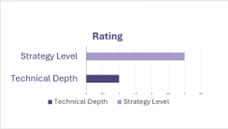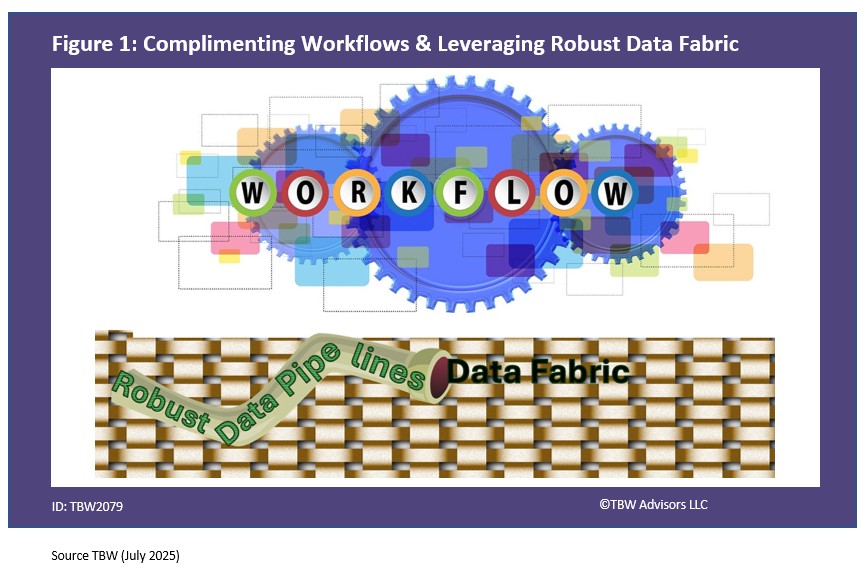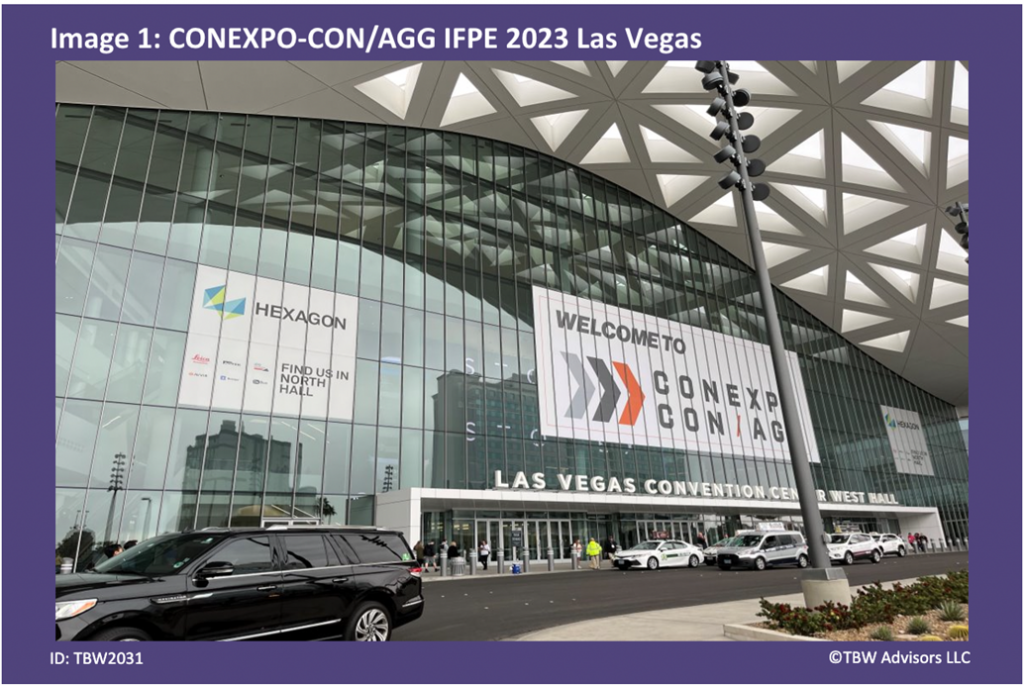Published to clients: July 3, 2025 ID: 2079
Published to Readers: July 4, 2025
Email Whispers Released: August 11, 2025 8am
Public and Video Edition Released: August 11, 2025 11am
Analyst(s): Dr. Doreen Galli
Photojournalist(s): Dr. Doreen Galli
Abstract:
“Integrating AI customer service with existing IT systems starts by setting clear business goals. AI should enhance, not disrupt, current workflows and streamline real-time support. Every organization has unique systems, so tailored integration is essential. A major challenge is fragmented data—making robust pipelines and clean, synchronized data critical. Accurate timestamps and system compatibility across platforms are key to ensuring effective AI performance and a smooth digital transformation journey.”

Target Audience Titles:
- Chief Information Officer, Chief Technology Officer, VP/Director of IT Operations, Enterprise Architects
- Chief Customer Officer, VP/Director of Customer Services/Success, Contact Center Operation Managers
- Solution Architects, DevOps & IT Administrators, Customer Support Agents, Data Scientists and ML Engineers
Key Takeaways
- Start with clear business goals so AI enhances workflows without causing disruptions.
- Tailor integration to your unique tech environment to avoid inefficiencies.
- Reliable, clean, and synchronized data pipelines are essential for effective AI-driven customer service.
How can we integrate AI-driven customer service solutions with our existing IT infrastructure?
We took the most frequently asked and most urgent technology questions straight to the technologists gathering at Customer Connect Expo 2025 held at the Las Vegas Convention Center. This Whisper Report addresses the question regarding how can we integrate AI-driven customer service solutions with our existing IT infrastructure? As Ford’s Dr. Kalifa Oliver shared, “first we need to break down our needs and our goals and figure out which pieces of AI actually build efficiencies in our IT systems because right now there are too many systems that are fragmented.” With ALL AI projects, it is best to start with the business goal not the technology. We do not want to spend resources to integrate technology that goes unused. Furthermore, the context of the business goal helps guide engineers when they have design choices to make.
Customer Service Workflows
AI in Customer Service is all about optimizing and improving the customer service workflow to lead to maximum customer satisfaction. As Zaon’s Jason Kaufman shared, “using artificial intelligence tools within the organization to actually help drive and make more efficient the processes that go into place in order to support good customer service. For example, leveraging artificial intelligence to actually analyze chats real time community forums real time. Actually monitoring that (the communities) helping to gain insights about what your customers have questions about so that you can leverage the AI to actually generate the knowledge on the fly to actually provide that (information removing confusion) back to them real time as if it’s another person on that community thread.” The nonobvious challenge in achieving this solution is best described by Claritiv’s CEO Sean Gigremoss. “Everybody has workflows. Every company is unique. What tools do they use? What products do they use now? Do we need to build it?” In other words, every organization has a unique, highly mixed environment with varying degrees of maturity both in the technology itself and the organization’s ability to deploy technology.
Verse.ai’s Zac Brooksher recommends focusing on complimenting the current workflows and processing. “We can integrate AI driven customer service solutions using full funnel metrics understanding all of the conversations the timestamps the channels the appropriate team members what next steps are all integrating into existing systems and processes just to complement what the current workflows and data processing is today like.” Any technology not realizing it is complimenting an existing process will instead create process interrupts. The distinction really is a big difference.
The Challenge: Data is everywhere!
As Claritiv’s Sean Gigremoss shared, data is everywhere! “They make it so easy for us to integrate because in the end that’s important because all the data are in this different .. disparate systems. You need information from Salesforce you need information from zoom you need information from slack you need information from your database you need information from your customer’s database so to be able to do that you need to make sure that you’re using the tools or you’re partnering with companies that help you so that you can focus on what you do best.”
But the data isn’t just everywhere, it comes from everywhere. The first obvious location was shared by Enthu.ai’s Atul Grover, “we integrate with the telephony at the dialer.” And the rest such as the web and email communications, “we ingest that using an API driven environment.” Diabolocom specializes in capturing all that occurs between the customer and the organization on mobile devices. As Diabolocom’s Benjamin Shakespeare shared, “with our mobile solution that we are about to release
the market .. So all field reps anybody who is using a cell phone today with every interaction they have on their phone our AI will then score that call transcribe it and push it directly into the CRM So any lack of compliance that you are seeing today in your organization from people that are not sitting behind a computer that will be no longer.”
Where the magic happens!
Now that we understand we are complimenting the existing customer experience workflows for the benefit of the customer experience and that data is everywhere, what can we do? As Macy’s Siva Kannan Ganensan shared, “you need to make sure your data pipeline is very robust when we talk about all this AI integration data is the core so make sure the data is cleansed and always readily available ready to serve with that we’ll be able to integrate an into your existing architecture or in your organization.”

Figure 1. Compliment Workflows & Leverage Robus Data Fabric
It’s all about the data infrastructure! You need robust data pipelines as part of your data fabric to seamlessly integrate any new AI offering as depicted in Figure 1. AND you must ensure data quality. For example, data quality is paramount when dealing with timestamps of customer communications. What time zone is your organizational standard? Do your IT systems work in that time zone, and do you know what systems provide timestamps in other formats or time zones? Is that true for any and all corporate acquisitions feeding data into the system? Is the system designed to handle the variety of daylight savings time scenarios? Are all the clocks adjusted for daylight savings automatically or manually? Finally, are the timestamp clocks aligned? To the second or to the minute? It’s valuable to know if you can look at time as fact or approximation in your organization. If your organization is going through any type of digital transformation, it is critical to get the best advice available to ensure your success. Ensure your success by scheduling your inquiry with a TBW Advisors advisor before starting any critical phase of your digital transformation journey. Get the smartest advice available and leverage our firsthand experience to your advantage.
Related playlists
- Whisper Report: How can we integrate AI-driven customer service solutions with our existing IT infrastructure
- Conference Whispers: Customer Connect Expo 2025
Corporate Headquarters
2884 Grand Helios Way
Henderson, NV 89052
©2019-2025 TBW Advisors LLC. All rights reserved. TBW, Technical Business Whispers, Fact-based research and Advisory, Conference Whispers, Industry Whispers, Email Whispers, The Answer is always in the Whispers, Whisper Reports, Whisper Studies, Whisper Ranking, The Answer is always in the Whispers, and One Change a Month, are trademarks or registered trademarks of TBW Advisors LLC. This publication may not be reproduced or distributed in any form without TBW’s prior written permission. It consists of the opinions of TBW’s research organization which should not be construed as statements of fact. While the information contained in this publication has been obtained from sources believed to be reliable, TBW disclaims all warranties as to the accuracy, completeness or adequacy of such information. TBW does not provide legal or investment advice and its research should not be construed or used as such. Your access and use of this publication are governed by the TBW Usage Policy. TBW research is produced independently by its research organization without influence or input from a third party. For further information, see Fact-based research publications on our website for more details.














